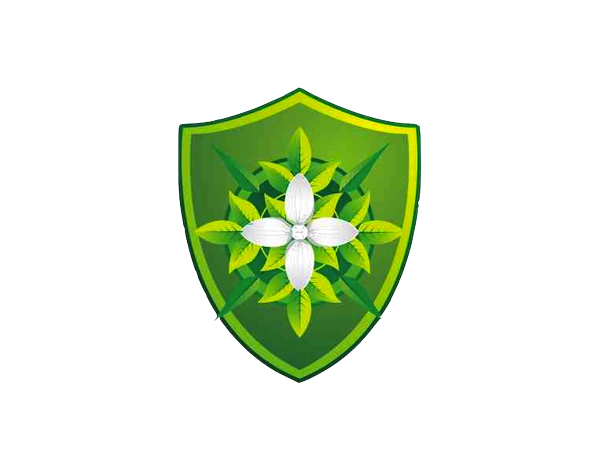Mathematics 5 A/B
Segment A of Mathematics 5 teaches that numbers can represent quantity, position, location and relationships, and that decimals can be computed using much the same processes as whole numbers and are useful in many practical situations. Students learn that fractions can be used to represent part of a whole, and rounding techniques can be used to estimate the solution to a problem.
In Segment B of Mathematics 5, students learn that geometric figures have unique characteristics that allow for classification. In addition, students will gain practice with the ability to measure and convert between measurements in different units to achieve accuracy in measurement. Other lessons include the ability to display and analyze data to be able to make predictions, and that patterns in data can be expressed using algebraic symbols in addition to coordinate graphs.
PRE-REQUISITES: None
ESTIMATED COMPLETION TIME: 32-36 weeks or approximately 125 – 135 hours
MAJOR TOPICS AND CONCEPTS — SEGMENT A
Whole Numbers and Number Theory
Integers and Ordering
Addition of Whole Numbers
Subtraction of Whole Numbers
Multiplication of Whole Numbers
Division of Whole Numbers
Order of Operations
Prime and Composite Numbers
Factors and Multiples
Inequalities
Decimals
Place Value
Ordering Decimals
Addition of Decimals
Subtraction of Decimals
Multiplication of Decimals
Division of Decimals
Money Problems
Fractions
Improper Fractions and Mixed Numbers
Comparison and Ordering of Fractions
Addition of Fractions
Subtraction of Fractions
Multiplication of Fractions
Division of Fractions
Decimals and Fractions
Applications of Fractions
Rounding and Estimation
Rounding Whole Numbers
Rounding Decimals
* Estimating Sums and Differences with Whole Numbers
Estimating Sums and Differences with Decimals
Applications involving Addition and Subtraction
Estimating Products
Estimating Quotients
Applications involving Multiplication and Division
MAJOR TOPICS AND CONCEPTS — SEGMENT B
Geometry
Lines, Rays and Segments
Triangles
Quadrilaterals
Polygons
Circles
Symmetry
Transformations
3-Dimensional Figures
Measurement
Units of Measurement
Temperature
Time
Converting Measurement Units
Adding and Subtracting Measurements
Tools of Measurement
Perimeter
Area
Data Analysis and Probability
Reading Tables
Line and Bar Graphs
Pictographs and Histograms
Circle Graphs
Measures of Central Tendency
Probability
Odds
Algebra and Coordinate Geometry
Mathematical Patterns
Writing Algebraic Expressions and Equations
Evaluating Functions
Function Tables
Coordinate Graphs
Solving Equations
